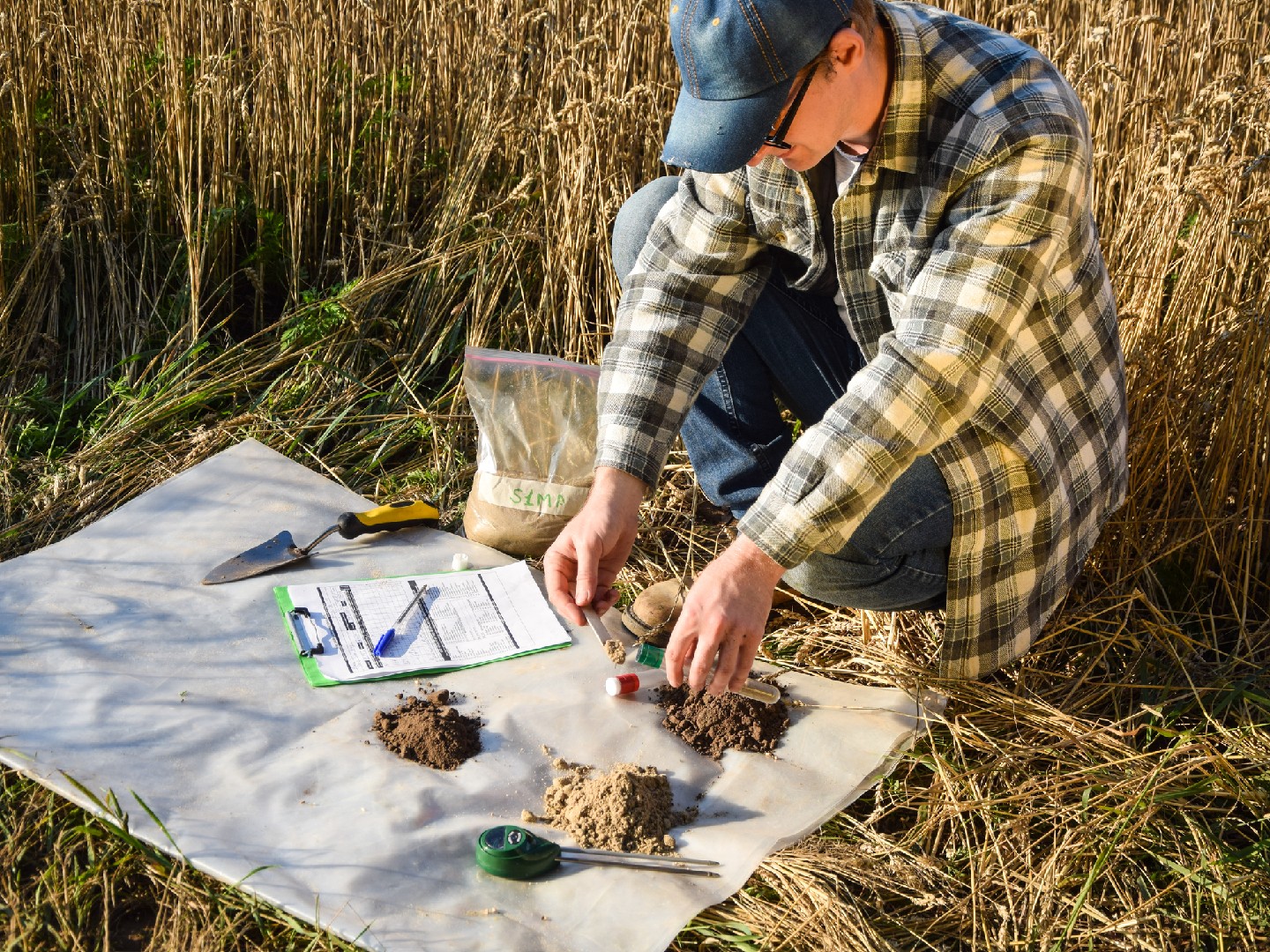![Rectangle]()
Understanding Soil pH and Nutrient Levels
Understanding the pH balance and nutrient levels of your soil is essential for a healthy and thriving garden. pH, which stands for potential of hydrogen, is a measure of how acidic or alkaline your soil is. It is measured on a scale of 0 to 14, with 7 being neutral. A pH below 7 indicates acidic soil, while a pH above 7 indicates alkaline soil. Most plants prefer a slightly acidic soil, with a pH range of 6 to 7, but some may have specific pH requirements.
Maintaining the correct pH balance is crucial for plant health because it affects the availability of nutrients in the soil. When the soil pH is too acidic or too alkaline, certain nutrients become less available to plants. For example, in acidic soil, essential macronutrients such as nitrogen, phosphorus, and potassium may be locked up and inaccessible to plants. On the other hand, alkaline soil can result in micronutrient deficiencies, such as iron or zinc, as they become less soluble and harder for plants to uptake.
To determine the pH of your soil, you can perform a simple DIY soil test using a pH test kit or a digital pH meter. Collect soil samples from different areas of your garden and mix them together in a clean container. Next, follow the instructions provided with the pH test kit or digital pH meter to obtain accurate readings. If your soil's pH falls outside the desired range, you can make adjustments by adding soil amendments. For example, if your soil is too alkaline, you can lower the pH by adding organic matter like compost or peat moss. If it's too acidic, you can raise the pH by adding lime or wood ash.
In addition to pH, understanding the nutrient levels in your soil is essential for plant growth. Plants require macronutrients, which are needed in large quantities, and micronutrients, which are needed in smaller amounts. The primary macronutrients include nitrogen (N), phosphorus (P), and potassium (K). These nutrients play a crucial role in plant growth, with nitrogen promoting leaf and stem development, phosphorus aiding in root growth and flower formation, and potassium contributing to overall plant health and disease resistance.
Micronutrients, on the other hand, are essential for plant vitality, despite being required in smaller quantities. These include iron (Fe), zinc (Zn), manganese (Mn), copper (Cu), boron (B), molybdenum (Mo), and chlorine (Cl). Micronutrients help with various plant functions, such as photosynthesis, enzyme activation, and nutrient uptake.
To assess the nutrient levels in your soil, you can get a professional soil test done or use a DIY soil test kit that measures the major nutrient levels. By understanding both macronutrient and micronutrient levels in your soil, you can provide targeted fertilization or soil amendments to ensure optimal plant health and growth.
In conclusion, understanding soil pH and nutrient levels is crucial for a successful garden. By maintaining the correct pH balance and ensuring the availability of essential nutrients, you can create an environment that promotes healthy plant growth and vitality. Performing regular soil tests and making necessary adjustments will help you uncover what your garden truly needs, ultimately leading to a bountiful and flourishing garden.





